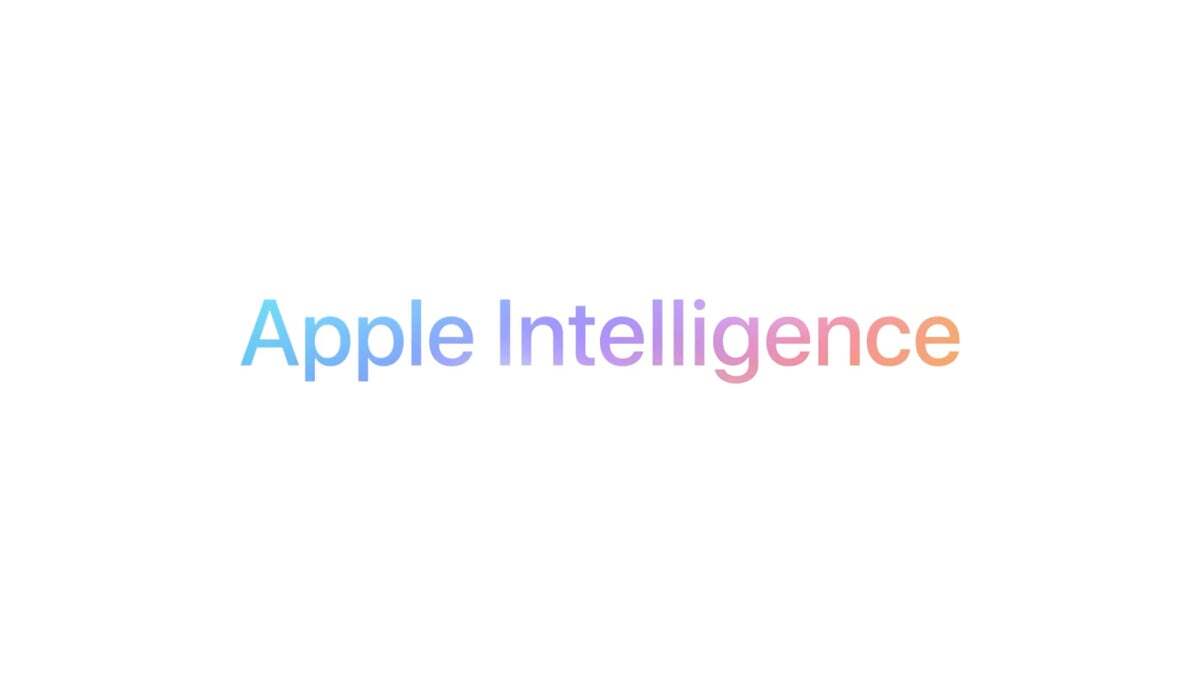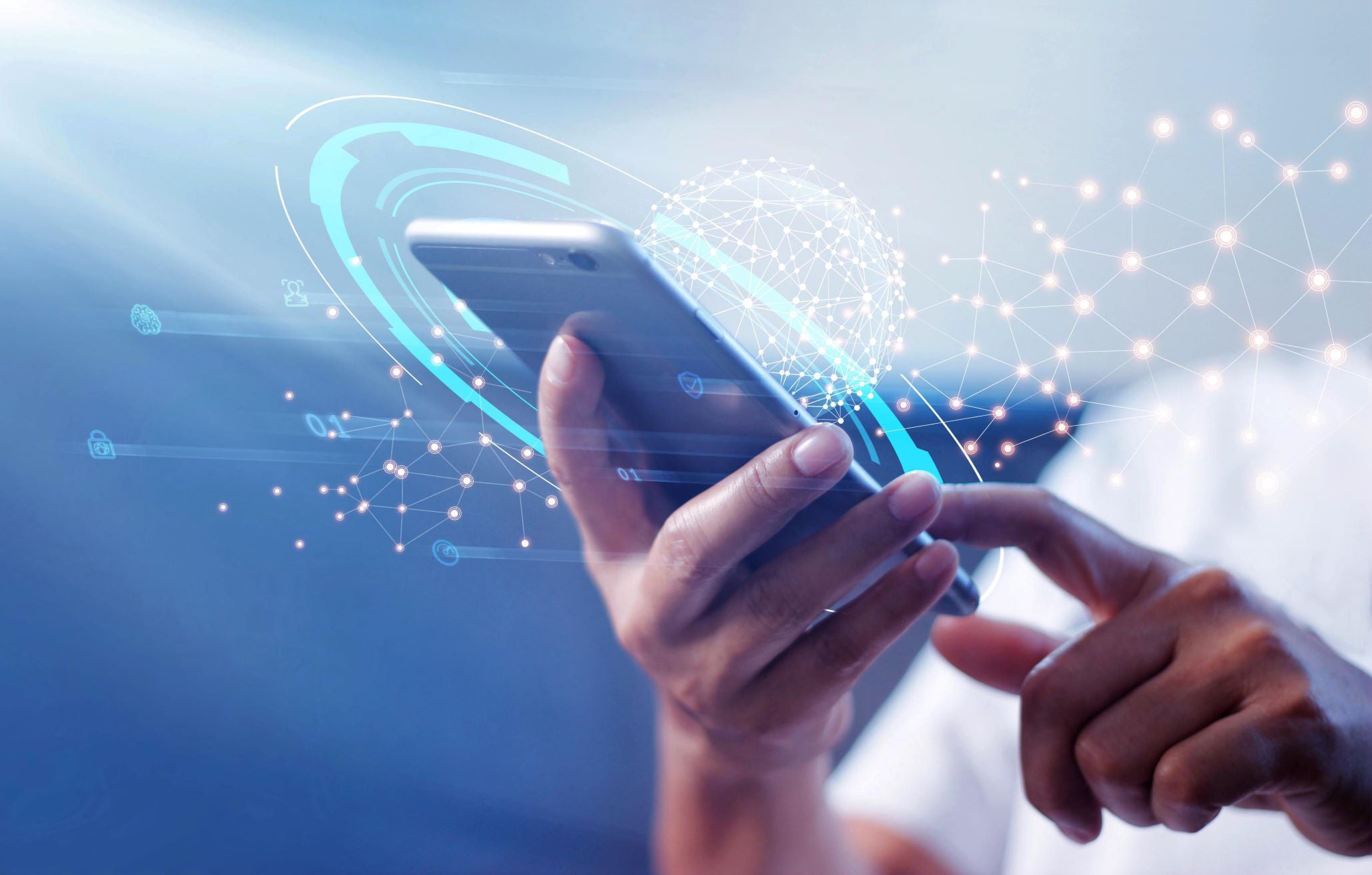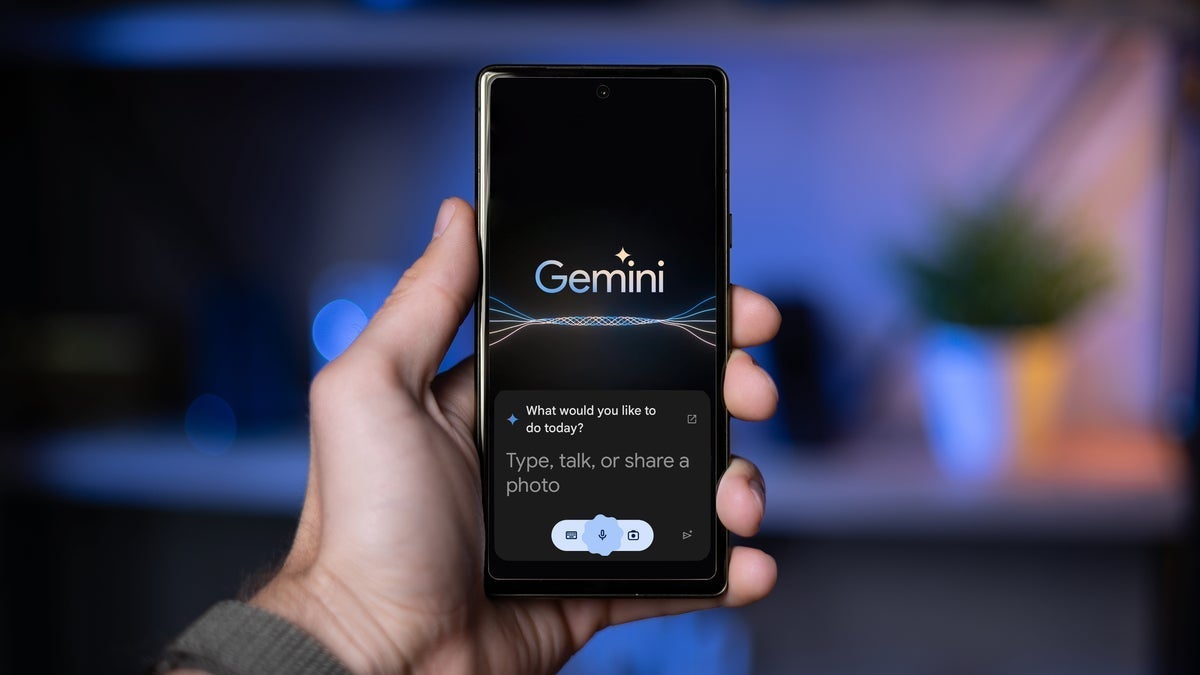Today we’re going to delve a little deeper and find out everything about this trendy new abbreviation and, more specifically, its place in modern smartphones. And even though Apple, being Apple, outright stole these two capital letters for its Apple Intelligence thing, let’s see what AI really stands for.
What is AI?

Contrary to (recent) popular belief, AI does not stand for Apple Intelligence
Artificial Intelligence (AI) is a field of computer science that focuses on creating systems capable of performing tasks that typically require humans. These tasks include reasoning, learning, problem-solving, perception, language understanding, and more. AI systems use algorithms and data to simulate intelligent behavior.The key word here is “simulate.” AI systems can’t “understand” data, and their logic and reasoning come from algorithms.
Imagine you’re in a room. There are two slits on one of the walls and one slit on the opposite wall with red and green lights above it. Every minute, two sheets of paper with Chinese letters come out of the first two slits.
You don’t know Chinese and don’t have any idea what these mean. You take one of them and put it into the single slit with the lights. A green light turns on. You’ve done something right. If the light turns red, you remember the shape of the letter, and next time you see it coming out of the first two slits, you don’t put it in the second slit.
This is a very simplified example of how AI algorithms work. They don’t have knowledge or understanding of the information they process, but they are very good at recognizing patterns and repeating or simulating them.
AI systems also don’t have “desires” or “motivation” outside of their predefined algorithms. They can’t do anything on their own volition because this would require consciousness. There’s a huge debate on whether or not we could ever build conscious systems (biological or machine), but let’s for now focus on the things AI is good at.
Examples of AI systems


AI gives you the ability to remove annoying cousins from your photos
As we already mentioned, AI is really good at recognizing patterns. It can process huge datasets, such as medical information in the form of scans and test results, and find potential diseases. AI can sense patterns in the financial world and help you trade, detect fraud, and assess risks.
But maybe the most interesting and popular AI trait nowadays is its ability to recognize and understand natural human language. Hence the rise of Large Language Models (LLMs), chatbots, and other AI-based assistants.
Navigation systems also utilize AI now, and they’re better than ever. These include self-driving systems as well, which use computer vision to recognize objects. Speaking of computer vision, it’s the mechanism behind Circle to Search and other image search systems. AI is able to make sense of images and interpret them.
So, AI is all around us and is not going away anytime soon. Let’s see what we’ve got on our smartphones.
AI in smartphones


Circle to Search is one of the most popular smartphone AI features
Every big (and not-so-big) smartphone brand is looking to hop on the AI train. Google, for example, rolled out AI-powered capabilities like Magic Editor for background fills and adjusting subjects and Best Take, which merges several pictures to produce the optimal group photo. Samsung has its own Object Eraser designed to eliminate objects from photos and some clever Galaxy AI features such as real-time translation in calls, photo editing suggestions, and generating summaries both in Notes and while browsing.
OnePlus introduced an AI Summarizer for concise phone call recaps, and Honor has its own system called Magic Portal that can extract text and images and send them to apps and services.
Another hot topic that smartphone companies talk about all the time is “On-device AI.” They also seem to be more hush about the other type, called “Cloud-based AI,” and there’s a good reason for this. Let us explain.
On-device AI


The dream of the all-powerful smartphone. It’s a nice dream!
Well, it’s self-explanatory, really. On-device AI means that the system is running on the smartphone. It may use dedicated silicon or part of the main processor, but the important thing is that such a system, in theory, doesn’t need an internet connection to work, as all the computation is done on the smartphone itself.
Google’s Tensor chip, for example, has a dedicated edgeTPU (tensor processing unit) part for accelerating AI tasks, while Qualcomm has included a new AI Engine to support up to 10 billion parameters of generative AI models—solely on-device in the Snapdragon 8 Gen 3 chipset.
There are a lot of benefits to the On-device AI model, and that’s one of the reasons many companies are vocal about it (even though most of the time their systems are hybrid ones, but we’ll get to that in a minute).
Here’s a list of the advantages and disadvantages of On-device AI:
Advantages:
- Latency: Immediate processing as data doesn’t need to be sent to and from a server, resulting in faster response times.
- Privacy: Data remains on the device, reducing the risk of data breaches and ensuring better user privacy.
- Offline Functionality: It can operate without an internet connection, making it useful in remote or unstable network environments.
- Bandwidth: Reduces the need for constant data transmission, saving on data usage and reducing network congestion.
Disadvantages:
- Resource Constraints: Limited by the hardware capabilities of the device, such as processing power, memory, and storage.
- Update Management: Deploying updates to models and algorithms across many devices can be challenging.
- Scalability: It is more difficult to scale as each device needs to individually handle computations.
On-device AI is the holy grail of security and self-sufficient AI experience, as no information is (theoretically) sent to the cloud. The thing is, however powerful our smartphones might be, they just can’t compete with a dedicated data center with hundreds of processors running AI tasks.
Cloud-based AI


Data centers are powerful but your information is tossed around the web
Cloud-based AI systems run AI models and process data on remote servers hosted in data centers. Your smartphone must be connected to the internet in order to send and receive requests to those datacenters, and most of the time, not only requests but some user data is sent over the internet in order to fulfill the task at hand.Cloud-based AI is extremely powerful, as it utilizes the huge processing power of data centers specifically developed to handle AI. However, there are drawbacks and security concerns with such systems.
Here’s a list of the advantages and disadvantages of Cloud-based AI:
Advantages:
- Resource Availability: Access to virtually unlimited computational resources, enabling the use of more complex and larger models.
- Scalability: It is easier to scale processing power and storage as needed without worrying about individual device capabilities.
- Management: Easier to manage, update, and maintain models and algorithms from a central location.
- Data Aggregation: Facilitates the collection and processing of large datasets from multiple sources.
Disadvantages:
- Latency: Potential delays due to data transmission to and from the cloud.
- Privacy Concerns: Data needs to be transmitted to external servers, raising concerns about data security and privacy.
- Dependence on Internet: This requires a stable internet connection, which can be a limitation in certain environments.
- Cost: Can incur higher operational costs due to data transfer and cloud service fees.
You can see why companies don’t talk that much about Cloud-based AI, especially in this day and age where people are extremely sensitive about their private data. Another caveat is that these systems will most definitely transition to subscription models after the first couple of years of hook and hype.
Hybrid AI


Best of both worlds? The hybrid!
The reality is that most smartphone companies use a hybrid AI model, meaning some of the features are on your smartphone and some use a datacenter far away. Some AI features also depend on an internet connection, such as Circle to Search. Without the internet, you can’t search for anything in the first place.
The sketchy part is that these hybrid models tend to connect to the cloud even when using on-device silicon, and when you switch off your internet connection, some supposedly on-device features stop working.
Galaxy AI, for example, uses on-device AI for photo gallery suggestions but connects to the cloud for generative photo editing. It uses both methods for speech-to-text transcription and live translation. (You can check out which Galaxy AI features run on-device and in the cloud here.)
Some companies are also quite vague about what features are on-device and which ones need internet access, and we might need some new regulations in place to protect users.
Conclusion


There’s no need to be afraid. Until there is…
AI is here to stay, that much is clear. And for the most part, it will make our lives easier. Some people compare this AI revolution with the industrialization or the internet revolution, and they might be on the right track with such allegories.The not-so-obvious problem lies in how we use such systems, not so much in privacy and security. Our reliance on AI might render some of our skills obsolete, and they might deteriorate with time. We won’t need to learn foreign languages, learn how to use a map, or summarize text and edit pictures. What would come of it is still unclear. What do you think of smartphone AI and AI in general? Let us know in the comments below!
